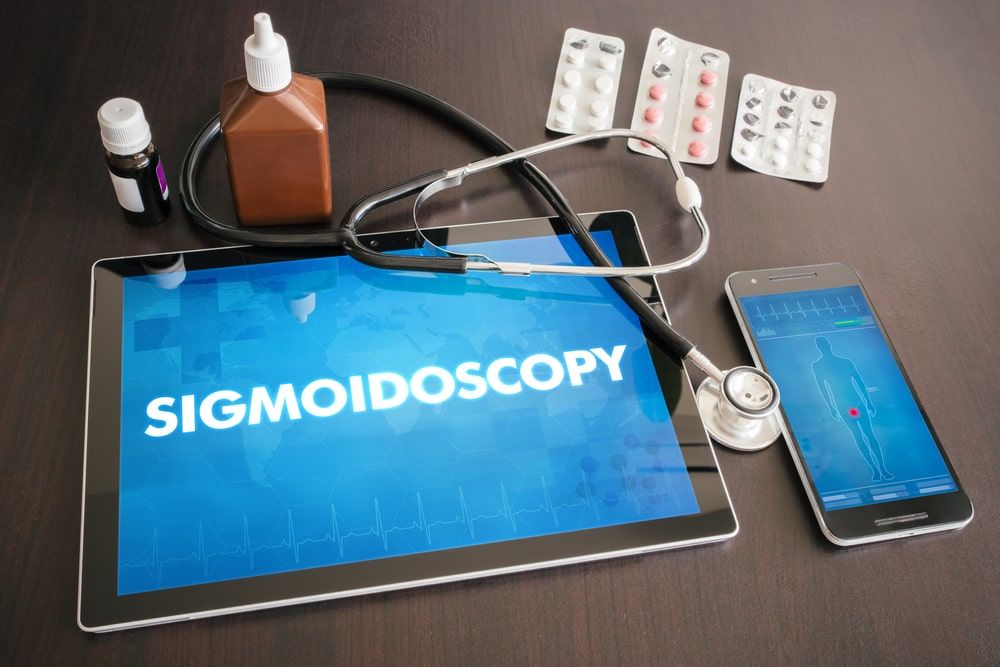Flexible sigmoidoscopy is a medical procedure where a thin, flexible tube with a camera attached at the end is inserted into the rectum and lower colon to check for abnormalities such as inflammation, polyps, or cancer. It is an important tool used by doctors to identify and diagnose various conditions affecting the digestive system. During the procedure, patients may be offered pain medication and a sedative to help them feel more comfortable. It is recommended for individuals at regular intervals over the age of 50 to help detect early colorectal cancer.
To perform a Flexible Sigmoidoscopy procedure, a gastroenterologist first prepares the patient by ensuring that their bowel is completely empty. The patient may be given a laxative or an enema to aid with this. The patient is then positioned on their left side, and a flexible tube with a small camera (sigmoidoscope) is carefully inserted through the rectum and into the sigmoid colon. The gastroenterologist examines the lining of the colon for any abnormalities such as polyps or tumors, and can take biopsies or remove any abnormal tissue if necessary. The procedure usually takes around 20 minutes, and patients may experience some discomfort or bloating during or after the procedure. Afterward, the patient should rest until the sedative wears off, and they are usually able to resume normal activity and diet shortly.
